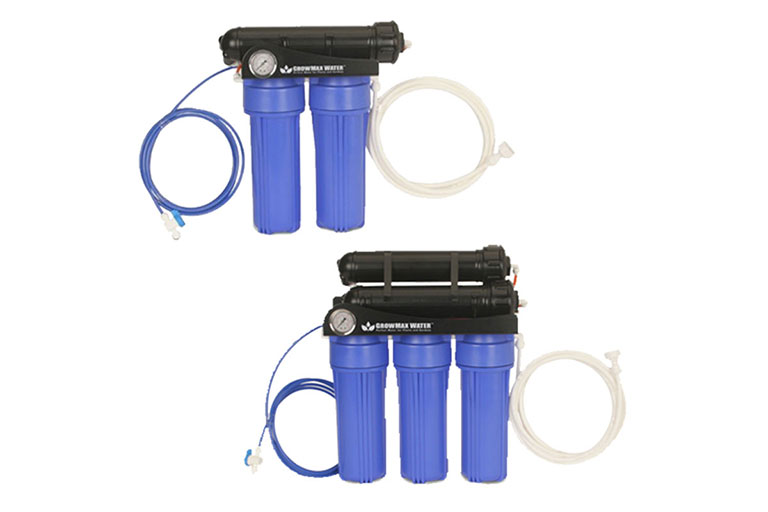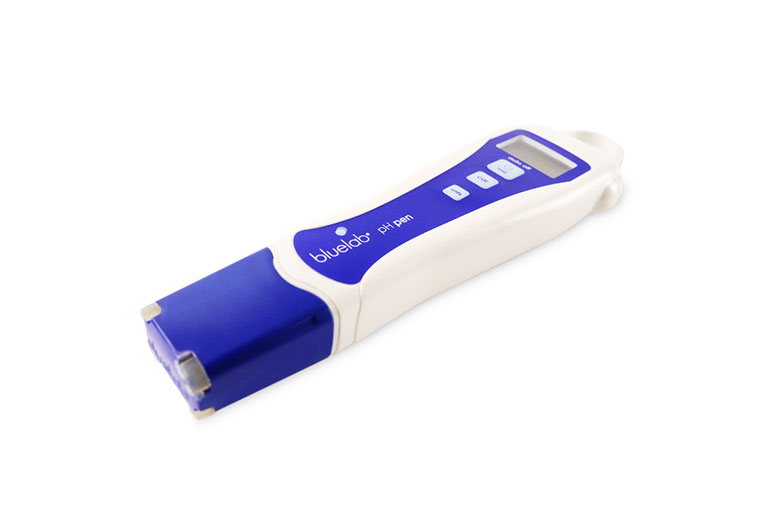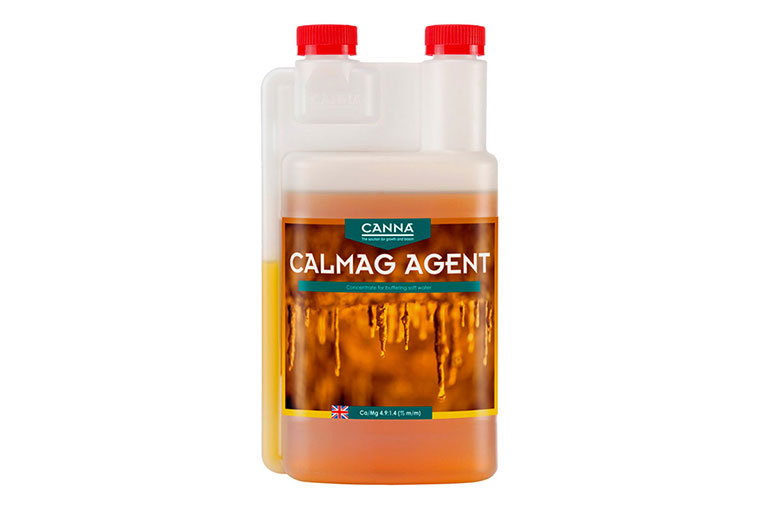Differences Between RO Water, Soft Water & Hard Water?
If you’re a hydroponic gardener, you’ll already know that the buffering capacity of RO water is a crucial factor that directly influences the success and health of your plants. For everyone else, understanding the differences in buffering capacity between various types of water is essential for the success of a hydroponics set up.
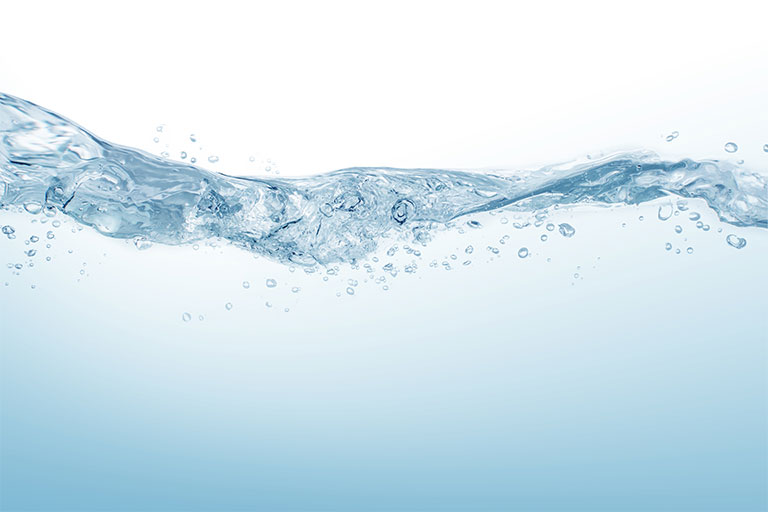
Hard water, soft water, and RO/distilled water exhibit varying degrees of buffering capacity. A water’s buffering capacity is due to the levels of dissolved minerals. Dissolved minerals are usually measured in units of EC. The EC of the base-water can impact the amount of nutrients you can add to it. When the EC levels are too high, it can affect nutrient uptake, pH stability, and overall plant growth. This blog article will delve into the distinctions between these types of water, emphasizing their buffering capabilities and their implications for hydroponic gardening.
Whether you’re an experienced hydroponic gardener or just starting out, you need to understand about the buffering capacity of your water. Understanding about water sources and treatments, will ultimately enhance your productivity and vitality of your hydroponic system.
Different Water Sources
RO Water
Lots of hydroponic gardener’s use RO water filters. RO water is a great blank canvas for tailoring your own nutrient regime. However, as it’s a filtered water, it’s devoid of any salts, which means that it has no buffering capacity. No buffering capacity means the pH can be tricky to control.
Water needs a balance of calcium, magnesium, and bicarbonates to buffer the pH of your nutrient solution. Without the buffering capacity, the pH of the water can swing wildly. If your nutrient solution is outside the perfect range of 5-6.5 pH, your plants won’t be able to access the nutrients you’re feeding.
Garden tip: Use a regularly calibrated pH meter to measure nutrient solutions. BlueLab pH meters are popular, reliable and easy to get replacements for. We sell a range of BlueLab pH meters, calibrations solutions, and cleaning kits.
Buffering Capacity in RO Water
To help you add buffering capacity to your RO water, we recommend that you use a product like Canna CalMag Agent to raise your EC level to 0.4. The 0.4 EC is the recommended starting, base EC, that Canna recommend when using any Canna liquid nutrients.
SOFT WATER
Soft water has an EC level below 0.4. If you use soft water, we recommend using a product like Canna CalMag Agent. Agent is a liquid solution that adds the required Calcium and Magnesium ions to soft, and RO water.
NORMAL WATER
Normal water has an EC level between 0.4 and 0.7, the EC is mostly made up of calcium, magnesisum, and bicarbonates, also known as hardness or alkalinity. These salts work to to buffer (stabilise) the pH based on the nutrients your adding. All Canna products are designed to work best with water that contains some kind of buffering capacity.
HARD WATER
Hard water (EC>0.8) contains more calcium and magnesium than the plant can handle. If the water is above 0.4, then see Correcting The EC of Hard and Unsuitable Water to correct the water to use for growing the best plants.
UNSUITABLE WATER (EC>0.8)
Unsuitable water contains mainly sodium and chloride. These two elements block the uptake of nutrients and can even become toxic to your plants. To treat this kind of water see Correcting The EC of Hard and Unsuitable Water to correct the water to use for growing the best plants. However, mixing RO water and bad water will not bring in enough calcium and magnesium, only bicarbonate to stabilise the pH.
To fix unsuitable water, mix it with RO water until you reach an EC of 0.2. Then add Canna CalMag Agent until you reach an EC level of 0.4. Alternatively, use 100% R.O. water and add Canna CalMag Agent until you reach EC level 0.4.
CORRECTING THE EC OF HARD AND UNSUITABLE WATER
When you’re growing plants hydroponically, you need to use the right kind of water. You can use 100% RO water and then use Canna CalMag Agent to raise your EC level to 0.4 using an EC pen to take readings.
You can also use a Reverse Osmosis (RO) filter to remove dissolved salts in hard/unsuitable water. Then dilute your hard water with the RO (or de-ionised) DI water, until you achieve an EC level of 0.4.
HOW CAN I TEST THE DIFFERENCE BETWEEN HARD WATER AND UNSUITABLE WATER?
The best way to find out what type of water you have is to test your water with an EC meter or a TDS meter. You can also look on your local water supplier’s website. Alternatively, you can have your water analysed by an official laboratory.
TESTING YOUR WATER
Testing your water is easy with an EC meter or a TDS meter. Simply run some test water in to a container and take a reading. If your water is above 0.4, it’s best to use the methods described in Correcting The EC of Hard and Unsuitable Water to reduce the EC of your water.
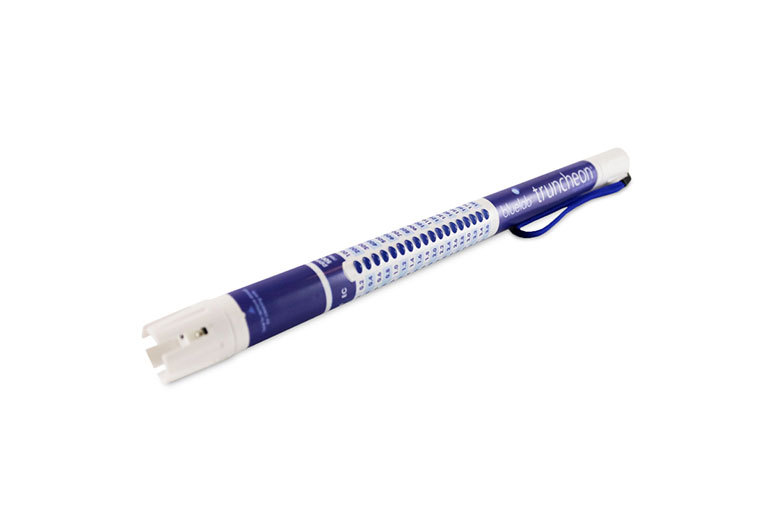
Garden tip: Most TDS meters sold give 500x readings, but do check yours before you make any assumptions. This means, that to convert the TDS reading to an EC reading you need to take the TDS reading, then multiply the reading by two and divide the result by 1000 to get the EC reading. For Example, a 500x TDS reading of 200 would equal 0.4 EC.
To test your water’s hardness with an EC meter, run the water in to a container, and measure the water’s EC. If the water is SOFT or NORMAL water (EC 0.0-0.3), under EC 0.4, then add enough Canna CalMag Agent to increase the EC to 0.4. If the water is above 0.4, then see Correcting The EC of Hard and Unsuitable Water to lower the water’s EC value.

